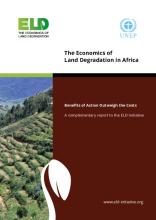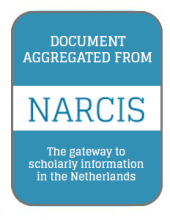/ library resources
Showing items 1 through 9 of 13.Land degradation and desertification are among the biggest environmental challenges of our time. In the last 40 years, we lost nearly a third of the world’s arable farmland due to erosion, just as the number of people to be fed from it almost doubled.
Drylands occupy more than 40% of the world’s land area and are home to some two billion people. This includes a disproportionate number of the world’s poorest people, who live in degraded and severely degraded landscapes.
Located in the arid and semi-arid areas of West Africa, the Sahel has undergone profound changes over the past 50 years.
Across vast areas of the world, human activity has degraded once fertile and productive land. Deforestation, overgrazing, continuous farming and poor irrigation practices have affected almost 2 billion hectares worldwide, threatening the health and livelihoods of over one billion people.
Desertification is defined as land degradation occurring in the global drylands. It is one of the global problems targeted under the Sustainable Development Goals (SDG 15).
The Re-Greening of the West African Sahel has attracted great interdisciplinary interest since it was originally detected in the mid-2000s. Studies have investigated vegetation patterns at regional scales using a time series of coarse resolution remote sensing analyses.
Time series of vegetation indices (VI) derived from satellite imagery provide a consistent monitoring system for terrestrial plant productivity.
The Sahel has been the focus of scientific interest in environmental-human dynamics and interactions. The objective of the present study is to contribute to the recent debate on the re-greening of Sahel.
Paginación
Land Library Search
Through our robust search engine, you can search for any item of the over 73,000 highly curated resources in the Land Library.
If you would like to find an overview of what is possible, feel free to peruse the Search Guide.








